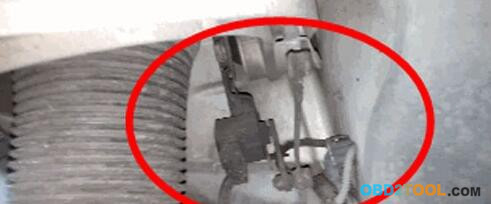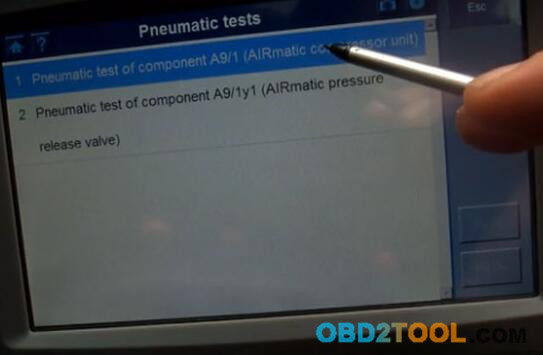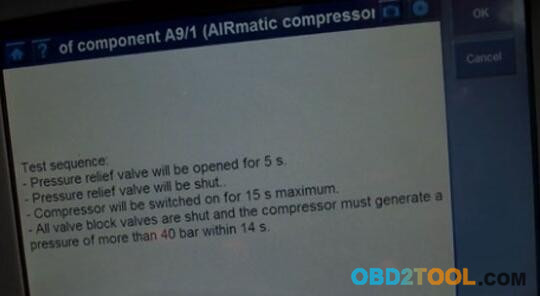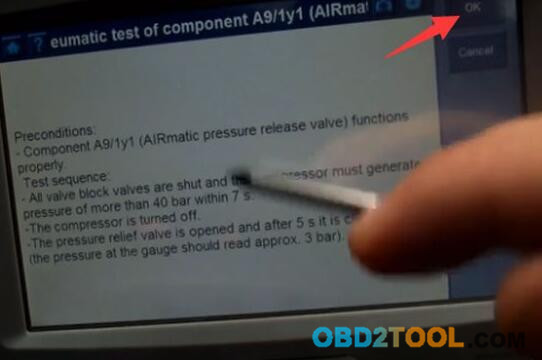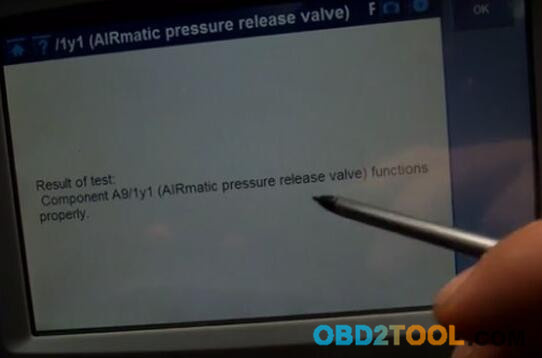How to troubleshoot a Mercedes-Benz S-Class that lowers itself when parked?
In some cases, the car will drop itself overnight but not always. If the vehicle is parked on an incline or downhill the raising or lowering may stop working. There are many reasons lead to this malfunction. Mercedes-Benz with airmatic suspension tries to level itself when parked and end up with lowering near to the ground. But the vehicle may try to level itself unsuccessfully when one level sensor is broken, or the rod is bent. This may cause your Mercedes-Benz self-level too high or too low.
What’s the Symptoms?
The following problems may occur on Mercedes-Benz E, C, CLK, GL, S-Class
-You hear air compressor engaging when parked.
-Air compressor releases air when parked.
-Car lowers overnight, not always.
-Mercedes lowers drops on rear or front.
-Mercedes raises itself when parked
Cause
When the car is parked the airmatic will try to level the car. It does this by discharging air from the airmatic suspension strut that is too high. Typically the MaxiDAS DS708 is leveled by lowering the one or two corners of the car that are too high. We also have seen cases when an incorrect installation of the level sensor caused the airmatic trying to level the car by increasing air pressure at certain strut, therefore, raising the car to the maximum setting.
The cause of this problem is usually one of the level sensors. Each of these sensors has two hall effect sensors inside.
B22/8 Left Front Level Sensor
B22/9 Right Front Level Sensor
B22/3 Rear Axle Level Sensor
The two front level sensors are located at the air suspension struts. In some models, you will only find one sensor at the rear axle. In this case, it measures the position of the torsion bar which provides an average vehicle height for both rear wheels. Mercedes – suspension – airmatic – strut
The level sensors measure the current height of the vehicle, and those reading are stored on the airmatic control unit.
How to solve Mercedes-Benz raises or lowers when parked?
The level sensors measure the current height of the vehicle, and those reading are stored on the airmatic control unit.
So, you need to do:
1.inspect the level sensors first
1)Inspect the front level sensors.
make sure there is no bending of the arm, no damaged of the wires. If you performed any suspension repair ensure that the level sensor at the front airmatic strut is not installed backward.
2)Inspect the level sensor at the rear torsion bar.
Ensure the connecting rod is not bent.
2.If the sensors do not have any physical damage, your next step is to carry a vehicle level calibration.
you can pay to do level calibration in a workshop, or you can perform it yourself if you have a scanner capable of performing airmatic troubleshooting. You will need a scanner that provides similar capabilities to Mercedes Star Diagnostic and allows you to scan multiple control systems in your Mercedes-Benz including programming, actuating and calibrating sensors.
Below is how to access the airmatic control unit and calibration using the Autel MaxiDAS DS708 diagnostic scanner.
Step1: Choose vehicle information
It is communicating…
Step2: Pneumatic tests
Choose special functions->Pneumatic tests-> AIRmatic compressor unit
Test sequence
Go back to choose AIRmatic pressure release valve
Click OK to continue
Test result
Done!
These can work with most Mercedes-Benz equipped with airmatic suspension such as:
CL Class: years 2000-2006 (W215 w/ ABC):years 2007-2012 (W216 w/ Airmatic)
CLS Class: years 2005-2011 (W219 w/ Airmatic):years 2005-2011 CLS55AMG &CLS63AMG
GL Class: years 2007-2012 (W164 w/ Airmatic)
ML Class: years 2005-2011 (W164 w/ Airmatic): years 2005-2010 (ML63AMG)
R Class: years 2006-2010 (W251)
S Class: years 1999-2006 (W220 w/,w/o 4matic): years 2000-2006 (W220 w/ABC)
years 2003-2006 (W220 w/ Airmatic & w/ 4matic),
years 2007-2012 (W221 w/ Airmatic, w/o 4matic):
years 2007-2012 (W221 w/ Airmatic, w/4matic)
